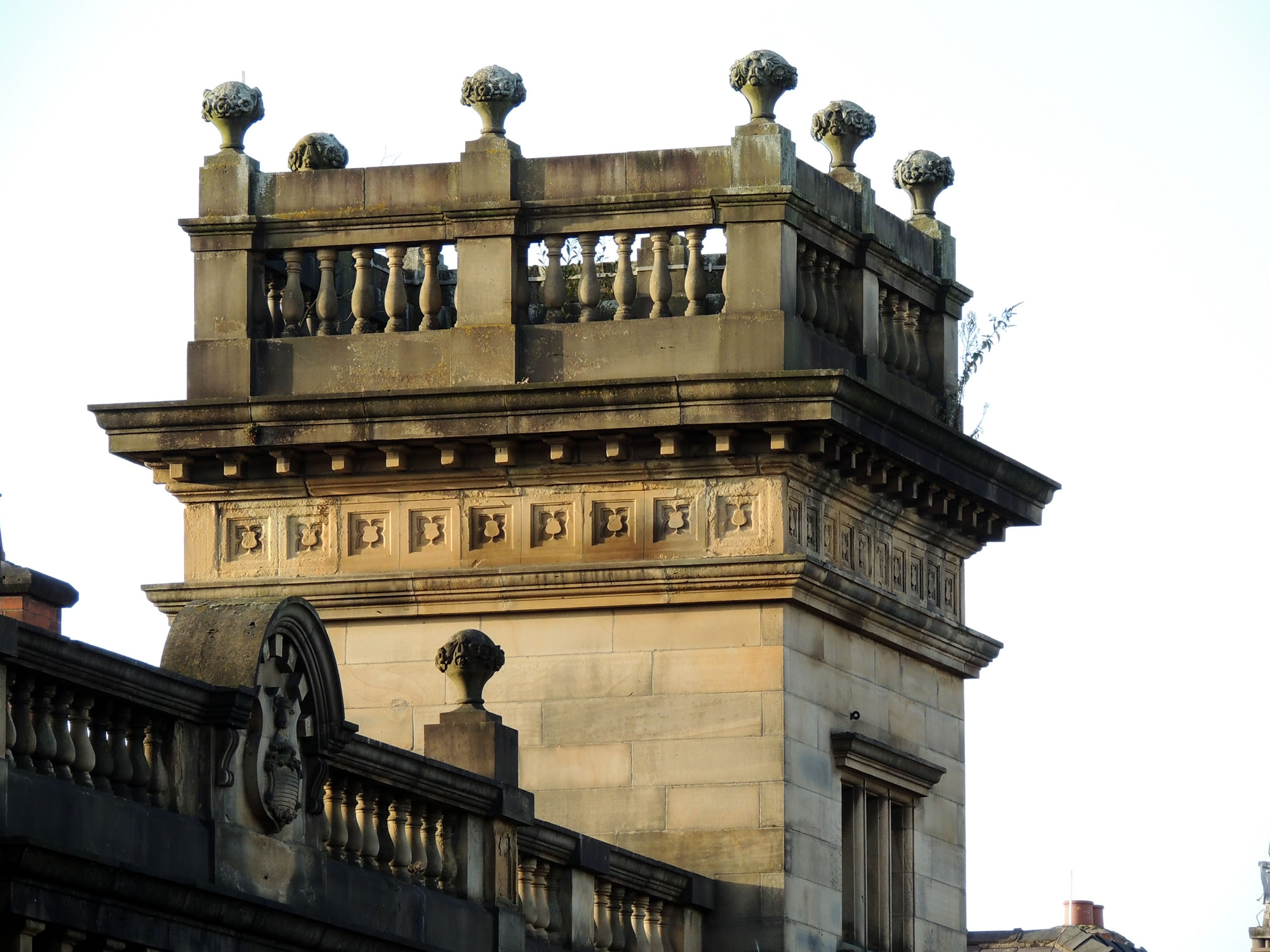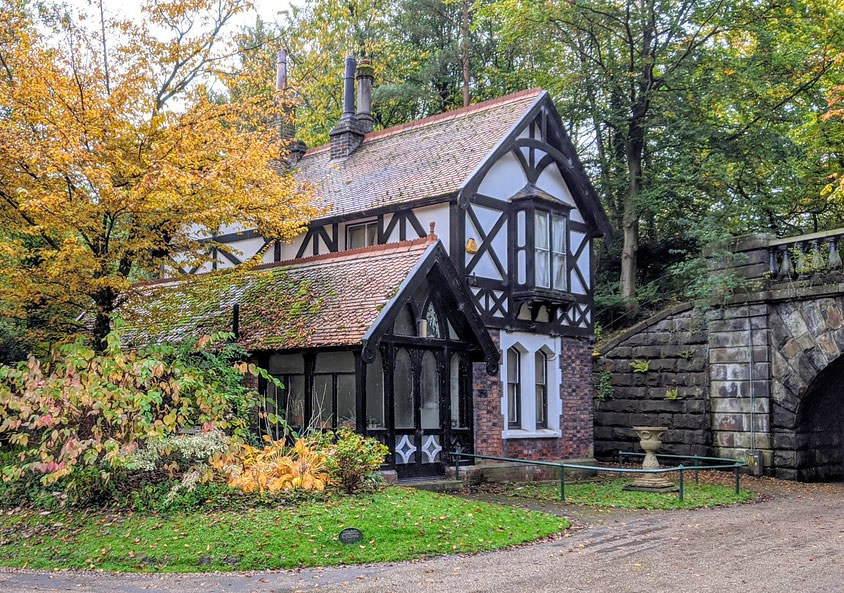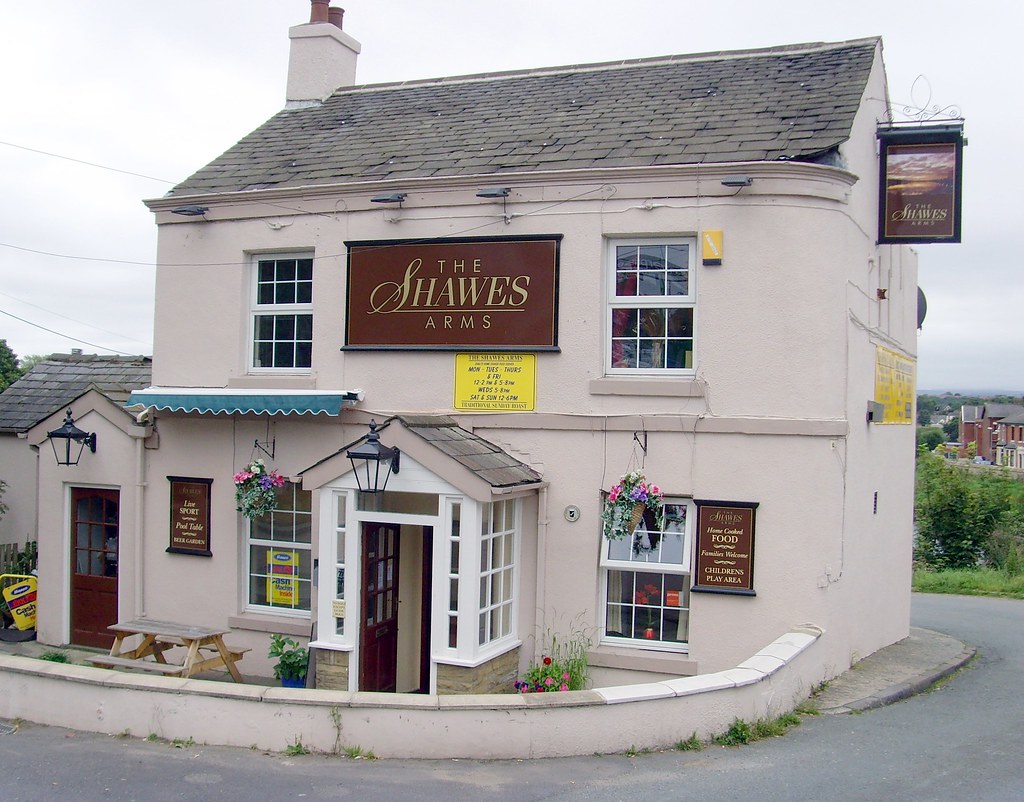Amounderness House
Amounderness House, Lancaster Road
Amounderness House, Lancaster Road, seems to be this position that has protected it, as it hasn’t been in use for 20 years!
https://www.blogpreston.co.uk/2023/08/amounderness-house-revamp-plans-lodged-ahead-of-workspace-hub/ – looks like work is starting after very recent planning application, some changes made after concerns raised about the modern replacement building.
Amounderness House, Lancaster Road, is listed on the National Heritage List for England.
It is a Grade II Listed Building with the List Entry Number of 1218215.
https://historicengland.org.uk/listing/the-list/list-entry/1218215
~
Amounderness House History
The building was originally constructed in 1857 as a police station with holding cells, before being extended in 1901.
~
MAGISTRATES’ COURT AND POLICE STATION, LANCASTER ROAD — The borough magistrates, at present, hold their court at the Town-hall, and the police-station is in Avenham-street. Spacious premises, from designs by Mr. J. E. Park, are, however, in course of erection, in Lancaster-road, which will afford superior facilities for the transaction of this department of the public business. Previously to the erection of the new police-station, in 1832, the “lock-up” was situated up a dismal alley branching from Turk’s-head-court. The Avenham-street establishment is a massive structure, and affords sufficient accommodation for the police requirements; but the site having been purchased by Messrs. Jacson and Co., cotton spinners, with the view to the enlargement of their premises, the erection of new police buildings became necessary. It was therefore determined to erect a suitable court in connection therewith, the Town-hall being ill adapted for the transaction of the magisterial business. The ground floor of the newbuilding will contain a magistrates’ clerk’s room, superintendent’s office, book-keeper’s and general police office, store room, washing room, and four cells. The upper story will include a private room for the magistrates, jury or attorney’s room, three cells, and a court house, forty feet long by thirty-two feet wide. The principal entrance, in Lancaster road, will present a front of fifty feet. The depth of the building, with front to Earl-street, will be one hundred and four feet. The estimated cost, including fire-proof floors, internal fittings, etc., is about £3,000. The architectural character of the building may be described as an adaptation of the Italian manner to modern and local requirements.
From the HISTORY OF THE BOROUGH OF PRESTON ENVIRONS,
IN THE COUNTY OF LANCASTER;
BY CHARLES HARDWICK, 1858

![Preston [Listed Building Grade II] - Amounderness House 221013](https://live.staticflickr.com/65535/52658197419_828c70f27c_b.jpg)









